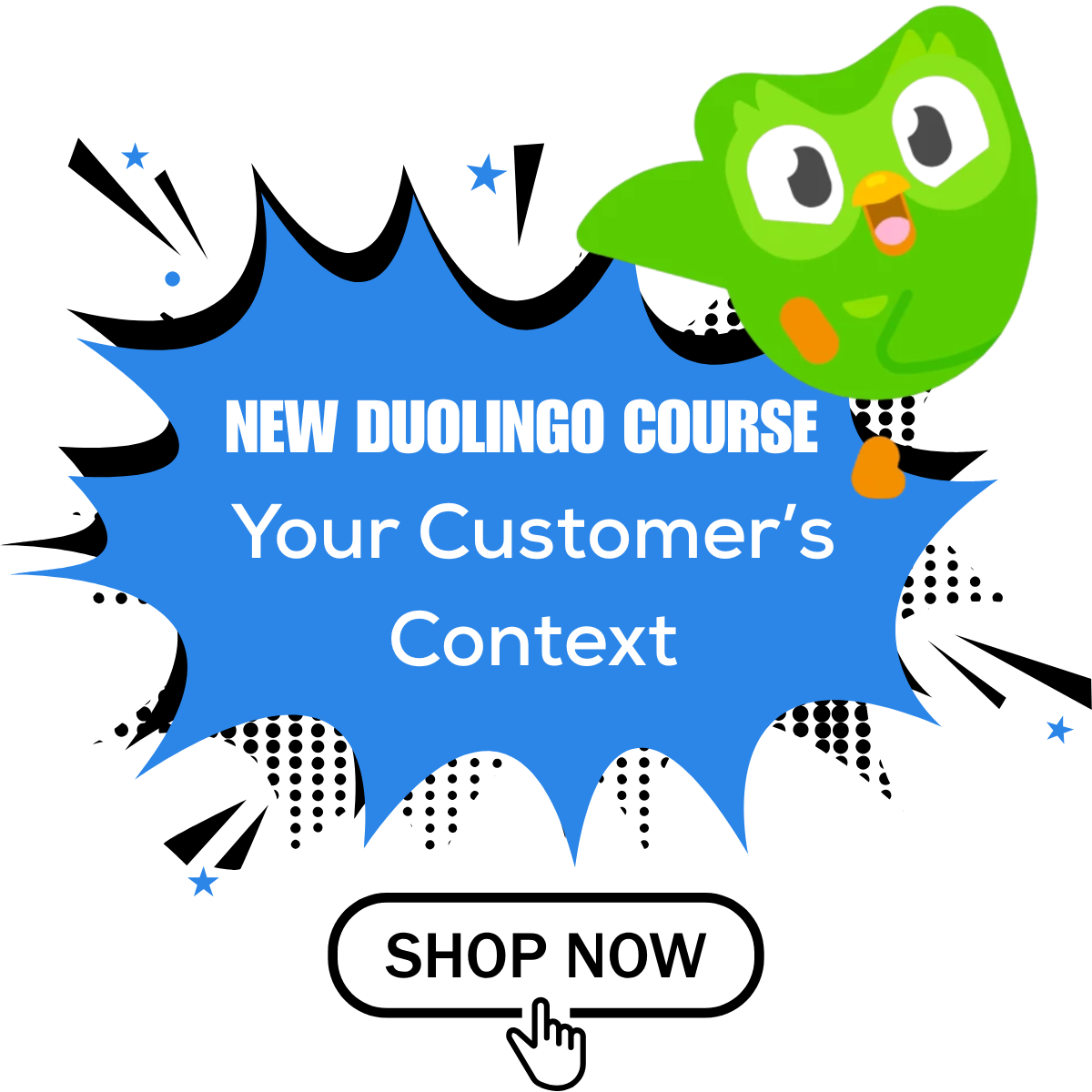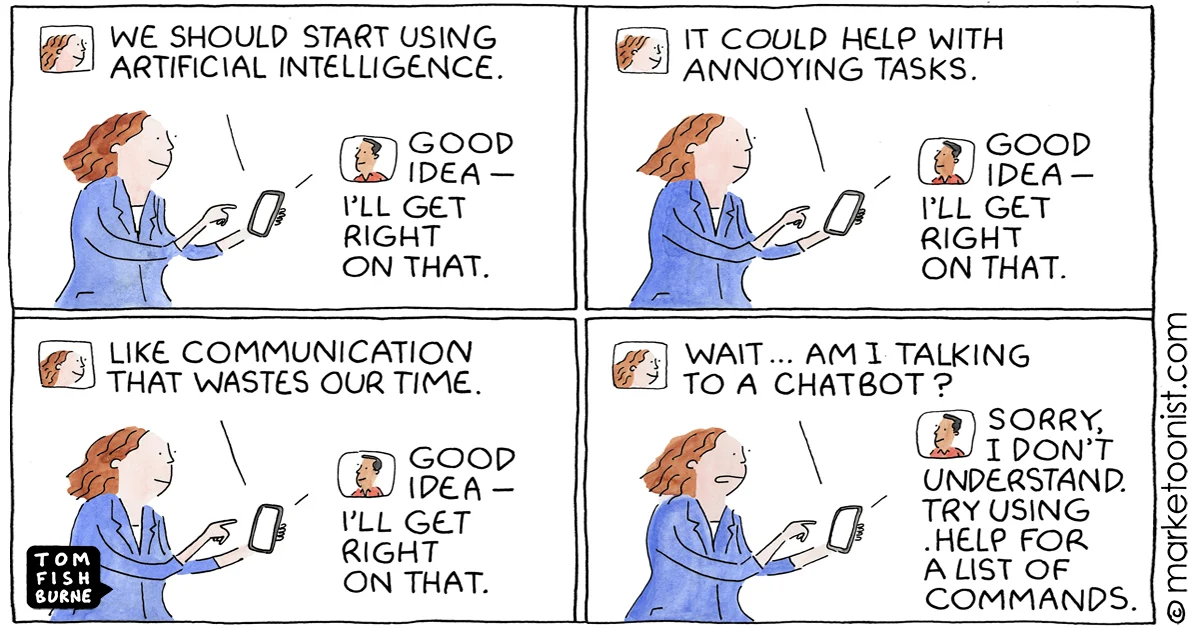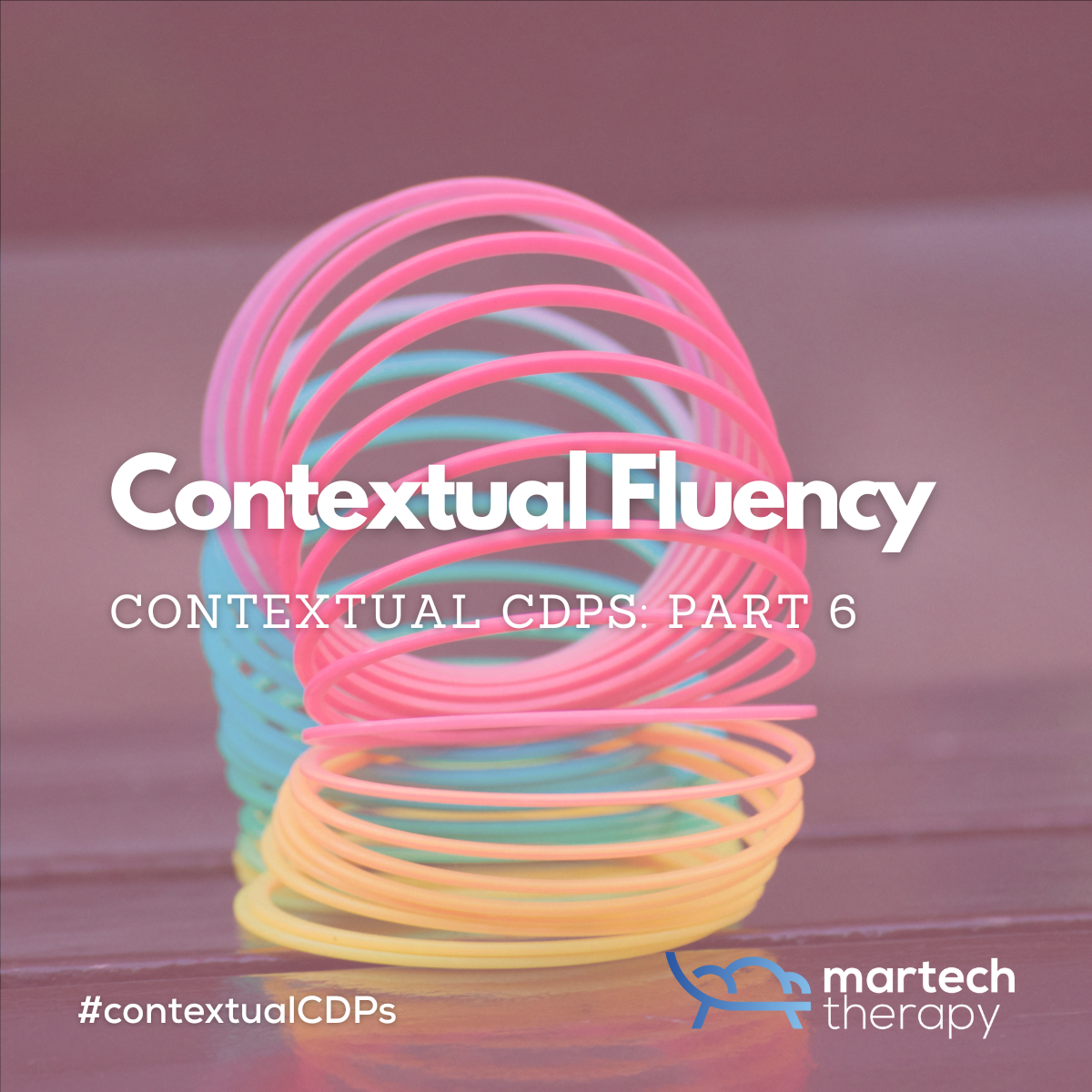Over the last five posts, we’ve moved from speculative to strategic to practical. We’ve looked at how memory, inference, and model context protocols can enhance personalization, orchestration, governance, and architecture in and around the CDP. So, where does that leave us?
Right here.. yes, with the last post in the series, but more importantly, with the people, with YOU!
Because it’s one thing to build a system that can understand context. It’s another thing entirely to make that understanding usable across your organization. That’s what this final piece is about, turning contextual awareness into team capability.
Context fluency is a human skill
We often talk about customer context as if it’s a tech layer. And in some ways, it is. But context only becomes valuable when someone uses it to shape a decision.
This is why contextual fluency, the ability to read, interpret, and apply dynamic customer signals, is just as critical as the tooling itself. And it’s surprisingly rare.

You can give a team the world’s best memory layer, but if no one knows how to work with its output, it doesn’t improve the customer experience. If the orchestration logic surfaces a new intent indicator, but that indicator is ignored in favor of “the usual” flow, the value disappears.
The nightmares called “Digital Transformation”, anyone?
Which is why your rollout plan shouldn’t stop at data engineering or AI model integration. It should keep going, into training, collaboration, process redesign.
And not just for operational teams. Senior leadership needs to understand what it means to manage context over time. Strategy depends on continuity. Without shared understanding of how context changes, executive planning quickly falls back into static segmentation and campaign-centric thinking.
Make context a first-class citizen in decisions
When you look at your current marketing, support, or product flows, where is context being used well? And where is it being bypassed?
Some systems only use context at the surface level, say, to personalize a subject line or tweak a greeting. That’s not a bad start. But it misses the point. The real opportunity is deeper: in shaping logic, timing, modality, tone.

Imagine a retention playbook where outreach timing isn’t based on subscription age, but on behavioral momentum. Or a support follow-up that adapts not just to resolution outcome, but to how the customer felt about the interaction.
To build this kind of responsiveness, your teams need to know where context is coming from, how fresh it is, and what signals it reflects. They don’t need to be data scientists. But they do need to be conversant in the language of signals and shifts.
This often involves knowing when context should not be used. Just because we can detect sentiment or predict churn doesn’t mean we should act on it immediately. Teaching teams when to hold back is just as important as teaching them when to act.
Build shared awareness, not just dashboards
Too often, teams build context into systems but forget to build it into their communication. The AI layer gets smarter, while the human layer stays in catch-up mode.
Avoid this trap by embedding context into your rituals. Add a “what’s changing?” check-in to your campaign planning. Include inferred signals in your customer journey reviews. Encourage teams to annotate customer context when they spot gaps or contradictions.
This doesn’t require massive retraining. It just requires an expectation that context is part of the conversation. That expectation, reinforced by clear examples, can shift how teams think and collaborate.
When one team improves a memory model or identifies a new intent signal it’s a cross-functional asset and a win. Share it accordingly.
And share the blind spots, too. The places where context is stale, conflicting, or misleading. Building a culture where gaps in context are openly acknowledged creates stronger feedback loops and fewer false positives.
End with intent
This series started with a hypothesis → that most CDPs aren’t limited by the data they collect, but by the context they can apply.
What we’ve uncovered together is that model context protocols offer a way forward, technically, yes, but also strategically and organizationally. They give us tools to build CDPs that don’t just store information, but understand it in the moment. They help us get closer to that ideal of a system that remembers what matters, adapts as it learns, and communicates transparently.
But context is not magic. It’s not something you buy, plug in, and walk away from. It’s something you build, cultivate, and distribute.
If you want a customer experience that feels intelligent, human, and coherent, you need a system that’s context-aware and a team that’s context-fluent.
Start there. Then keep listening.
The signs are already speaking. Your people just need to be ready to hear them.
- Part 1: Contextual CDPs, is this the next-gen?
- Part 2: Memory, not identity, is what makes context work
- Part 3: Trust as a feature
- Part 4: Building the bridge
- Part 5: Composable, not chaotic
Thanks for reading this series! Subscribe for free to receive notifications on the new Martech series that I am working on.



Discussion